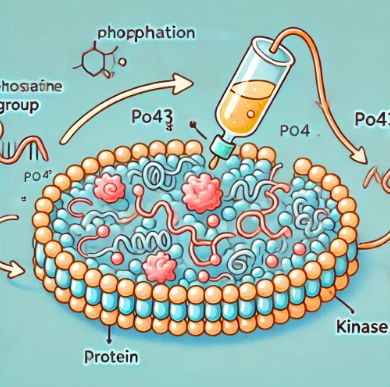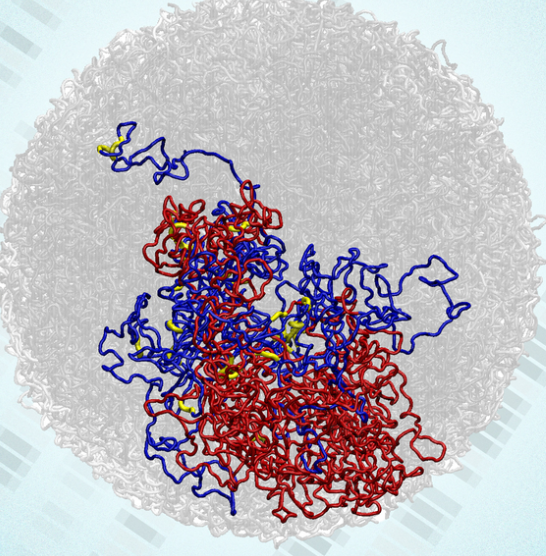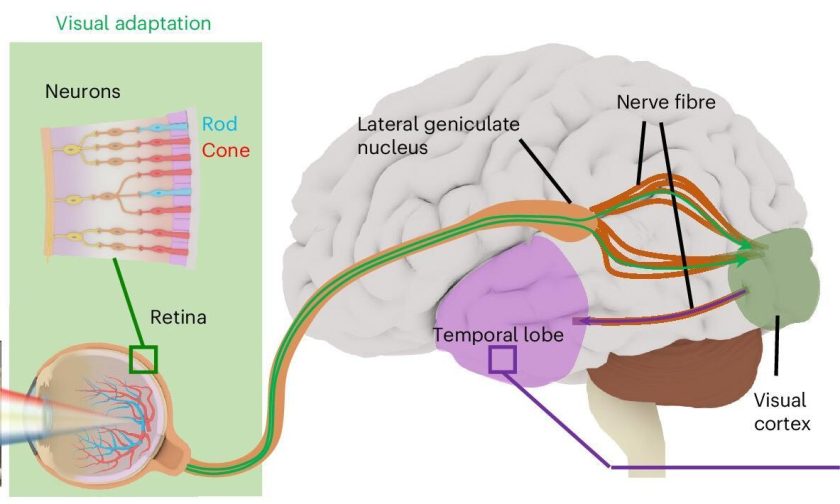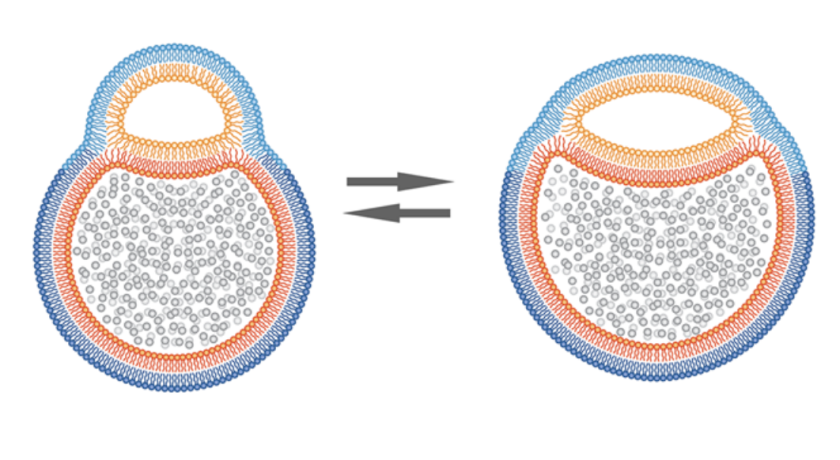
Bioengineers at Rice University have developed an innovative technique for creating custom sense-and-respond circuits in human cells. This innovation could be a game changer for conditions like autoimmune disease and cancer.
What is custom sense-and-respond circuits in human cells?
It is an interesting mechanism where cells pick up particular signals from its outside environment and react in a certain manner. It can be compared to personalized tools that can empower us to finely tune how cells behave.
So, how is this possible?
When a circuit picks up on a specific signal, it triggers a predefined response within the cell. Response may vary from moving around, reacting to a pesky pathogen or even expressing a gene.
Phosphorylation Step: A Modular Building Block for New Pathways
The mechanism of turning outside signals into internal reactions is carried out by phosphorylation. It is an organic process occurring within a cell. During this process, a phosphate group attaches to a protein.
Researchers observed that each step in phosphorylation act as a fundamental unit that is capable of rearranging into new combinations. This modular approach inspired bioengineers to design a variety of circuits, each with distinct functionalities.
Interestingly, the newly created phosphorylation circuits are quite flexible, which means they are sensitive enough to adapt or react to the various signals. And so accordingly they can produce different results. Not only this, these circuits can function in parallel with cells’ own processes without impacting cell viability or growth rate.
If we talk about the reaction time, these circuits work at the quick pace. Their turn over time is in seconds or minutes, which makes them faster than the previous attempts.

Future Impact
Researchers envision that these circuits can be morphed as “smart cells”. With their inbuilt “smart-ness” they can help in tracking down illness and in delivering customized treatments right away.
Secondly, this innovation holds great promise for not only managing autoimmune issues but also in reducing side effects which is associated with immunotherapy.
Takeaway
The prototype of custom sense-and-respond circuits is an exciting leap forward. Conceptually, these circuits can work in tandem with the cell’s existing processes, this marks an important landmark advancement in bioengineering and synthetic biology. What if, in the future, we could rewrite the very code of life itself to design organisms tailored to our needs?
Via: Rice University



